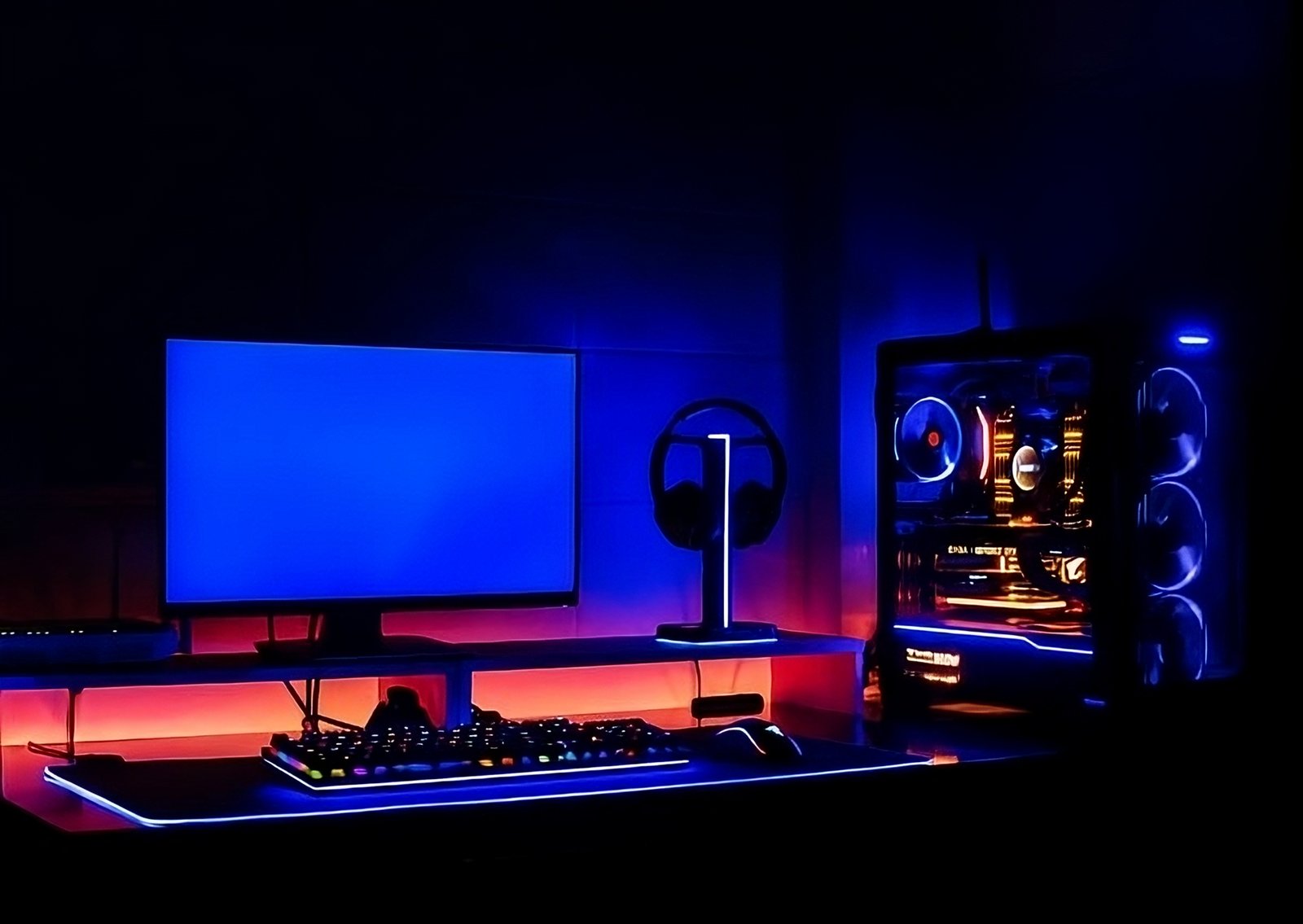Table of Contents
ToggleHow to Build a PC for Beginners
Are you new to computer assembly and unsure of how to build a PC for beginners? At first, building your own PC might seem like an overwhelming endeavor, but have no fear—this thorough tutorial will take you step-by-step through the procedure. By the time you’re done, you’ll have a thorough understanding of how to put together a personal computer that meets your needs.
More From Us: 2023–2024’s Upcoming RPGs: Unleashing the Power of Epic Adventures!
Dive Into The World Of Upcoming RPGs In 2023/2024.
Step 1: Getting Started: The Basics
Before we dive into the nitty-gritty details, let’s start with the fundamental steps you need to follow:
- Gather Your Tools: To begin, ensure you have the necessary tools at hand. You’ll need a screwdriver, an anti-static wrist strap, and cable ties.
- Select Your Components: Building a PC starts with selecting the right components. These include a CPU, motherboard, RAM, GPU, storage devices, power supply, and case. Make sure all your components are compatible and meet your specific requirements.
- Set Up a Clean Workspace: It’s essential to work in a well-lit, static-free area to prevent any damage to sensitive computer parts.
Step 2: Assembling Your PC: Step by Step
With your tools and components ready, it’s time to put everything together:
- Install the CPU: Carefully place the CPU into the motherboard’s CPU socket, ensuring it’s properly aligned. Gently secure it in place.
- Mount the Motherboard: Position the motherboard inside the case, aligning it with the standoff screws. Use screws to secure it firmly.
- Insert RAM Modules: Install the RAM modules into the motherboard’s DIMM slots until they firmly snap into place. Apply even pressure.
- Connect Storage Devices: Link your hard drive or SSD to the motherboard and power supply using SATA cables.
- Attach the Graphics Card: If you have a dedicated GPU, insert it into the appropriate PCIe slot on the motherboard and secure it with screws.
- Connect the Power Supply: Attach the power supply unit (PSU) cables to the motherboard, CPU, GPU, and storage devices.
- Cable Management: Organize and secure cables using cable ties to ensure proper airflow and an aesthetically pleasing result.

Step 3: Powering On Your PC
- Connect Peripherals: Plug in your monitor, keyboard, and mouse into the motherboard.
- Power Up: Press the power button on your PC case to start the system.

Step 4: Troubleshooting Common Issues
You could run into some difficulties as a beginner. Here’s how to build a PC for beginners and address common problems:
- No Display: If your monitor remains blank, reseat the RAM, check GPU connections, and ensure all power cables are secure.
- Overheating: Keep an eye on temperatures and ensure your fans are functioning correctly. Apply thermal paste properly to the CPU.
- Boot Errors: Verify that all storage devices are correctly connected and recognized in the BIOS.
- Software Setup: Install the operating system and drivers from the provided disks or download them from the manufacturer’s website.

FAQs: Answering Your Questions
Q: Can beginners build a gaming PC?
A: Absolutely! Building a gaming PC follows the same steps but requires a gaming-focused GPU and CPU.
Q: What’s the cost of building a basic PC for beginners?
A: The cost varies based on components, but a basic PC can be built for around $500 to $800.
Q: Do I need prior technical knowledge to build a PC?
A: No, this guide is designed for beginners with little to no prior experience.
Q: How long does it take to assemble a PC?
A: It typically takes 2-4 hours for beginners, but the time may vary based on your experience level.
Q: Can my computer be upgraded in the future?
A: Yes, most components can be upgraded over time, providing flexibility.
Q: Is it safe to build a PC for beginners?
A: Yes, as long as you follow safety precautions and handle components carefully.
Conclusion
Congratulations! You’ve completed your journey on how to build a PC for beginners. Building your own PC not only saves money but also offers a sense of accomplishment. With patience, attention to detail, and the knowledge gained from this guide, you’ve created a custom computer that suits your needs. Happy computing!


